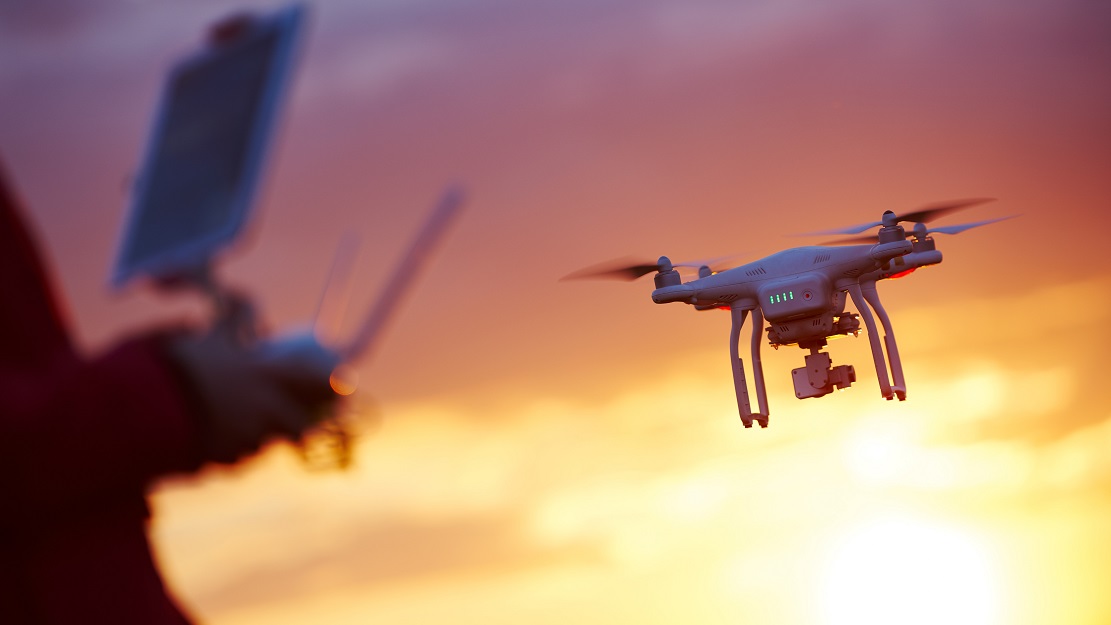Australian drone owners can expect stricter rules and regulations in 2019, as the civil aviation authority begins a nationwide crackdown.
The Civil Aviation Safety Authority (CASA) has revealed it is bolstering surveillance capabilities, while also implementing a new registration and accreditation scheme for recreational drones weighing over 250g.
CASA spokesperson Peter Gibson explained the changes will help the government to keep the skies safe.
“It will not only help us keep the drone sector safe, but we will do it in a way that offers benefits to people who have drones through supplying ongoing safety support information to them,” he told Information Age.
It comes after Gatwick Airport in the United Kingdom was closed down in December, following alleged drone sightings near the runway.
The incident resulted in hundreds of flights being cancelled and is believed to have cost the airport and airlines upwards of £20 million ($AU35.78 million).
All current recreational drone owners and those purchasing a new drone will have to register their device.
The online registration will involve a “nominal fee” and will require owners to complete an online course to learn the rules of drone safety.
The fines for failing to register a recreational drone are still being determined.
Surveillance updates
The changes will also see CASA update the surveillance technology used to monitor drones.
Gibson explained this initiative is mainly “to get a handle on how many people are flying drones around”.
The portable surveillance equipment will firstly assess drone activity around major Australian airports, before then checking popular drone hotspots, such as Sydney Harbour.
“The technology allows you to identify where the controller is, so you can see the drone in the air and the controller on the ground,” Gibson said.
“We would be able to identify the people doing the wrong thing.”
Is this a crackdown?
While Gibson described the changes as a “drone safety crackdown”, the changes are also designed to help CASA communicate with drone owners more effectively, he explained.
“It gives us a way of directly communicating with people, so we’ll be able to offer ongoing support and information in terms of safely operating drones,” he said.
Communication can now be sent to drone owners regarding important safety issues, such as reminders to not operate a drone above a bushfire.
CEO of counter drone technology company DroneShield, Oleg Vornik, said the changes will only address part of the problem.
“Drone threat is carried by three types of users – careless, clueless, and criminal,” he told Information Age.
“We call it the '3 Cs'. The regulations assist with the first two categories, but in reality the greatest threat, like we have seen with Gatwick, is in the third category – where the pilot knows that what they are doing is wrong, but also is aware that their target (airport, prison etc) has no protection, that is, can't detect or defeat the drone, so they can inflict damage with relative impunity.
“As we have seen, the culprits behind the Gatwick incidents have not been caught.
“Thus while the legislation is helpful, protection of the facilities remains critical. As an analogy, it's not enough to say that a house burglary is a crime; you also need to have a lock on the door and an intruder alarm.”










